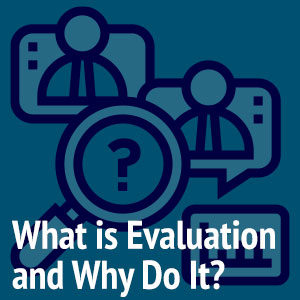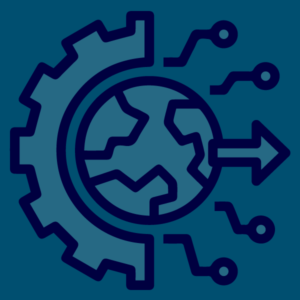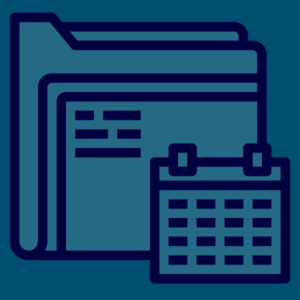A logic model is a schematic representation of the elements of a program and the program’s resulting effects. A logic model (also known, as a “theory of change”) is a useful tool for understanding the way a program intends to produce the outcomes (i.e. changes) it hopes to produce. Logic models typically consist of a flowchart schematic that shows the logical connection between a program’s “inputs” (i.e. invested resources), “outputs” (program activities and actions), “short-term outcomes” (changes), “medium-term outcomes” (changes), and “long range impacts” (changes).

When developing a logic model many evaluators and program staff rightly focus on inputs, outputs, and program outcomes (the core of the program). However, it is critical to also include in the logic model the implicit assumptions that underlie the program’s operation, the needs that the program aspires to address, and the program’s environment, or context. Assumptions, needs, and context are crucial factors in understanding how the program does what it intends to do. Ultimately these are crucial to understanding the causal mechanisms that produce the intended changes of any program.
Without clearly understanding the causal mechanisms at work in a program, program staff may work ineffectively, placing emphasis on the wrong or inefective activities—and ultimately fail to correctly address the challenges the program intends to address. Similarly, without a clear understanding of the causal mechanisms that enable the program to achieve its outcomes, the program evaluation may not measure the proper outcomes or fail to see the changes the program, in fact, brings about.
Brad Rose Consulting, Inc. works with clients to develop simple, yet robust, logic models that explicitly document the causal mechanisms that are at work in a program. By discussing, and explicitly identifying the often implicit causal assumptions, as well as highlighting the needs for the program and the social context of a program, we not only ensure that the evaluation is properly designed and executed, we also help program implementers to ensure that they are activating the causal processes/mechanisms that yield the changes that the program strives to achieve.
Other Resources:
Read Brad’s current whitepaper “Logic Modeling”
“Monitoring and Evaluation: Some Tools Methods and Approaches, The World Bank.”
“The Logic Model Development Guide,” W.K. Kellogg Foundation.
Logic Model Resources at the University of Wisconsin
A Bibliography for Program Logic Models/Logframe Analysis




